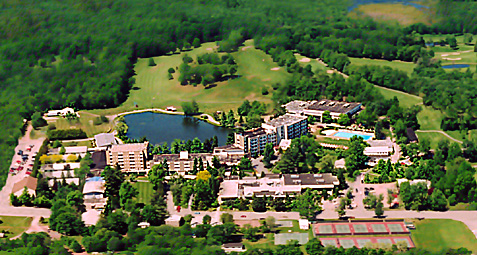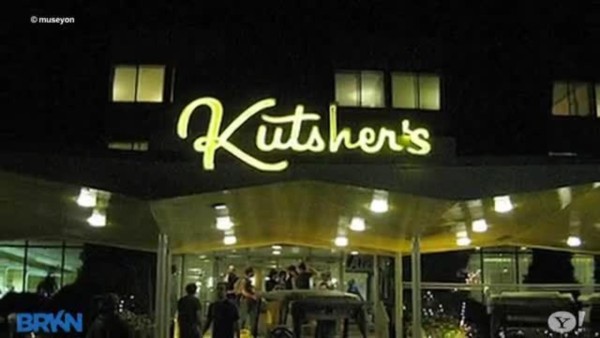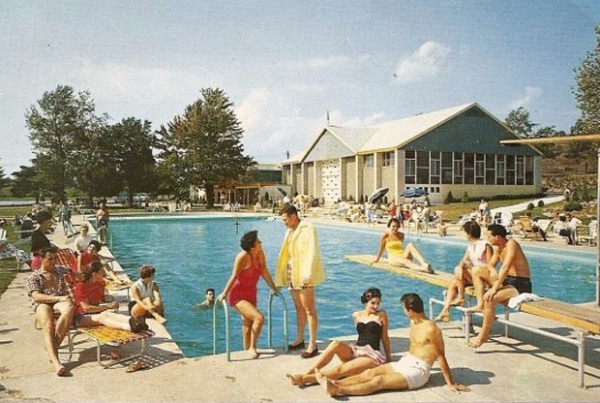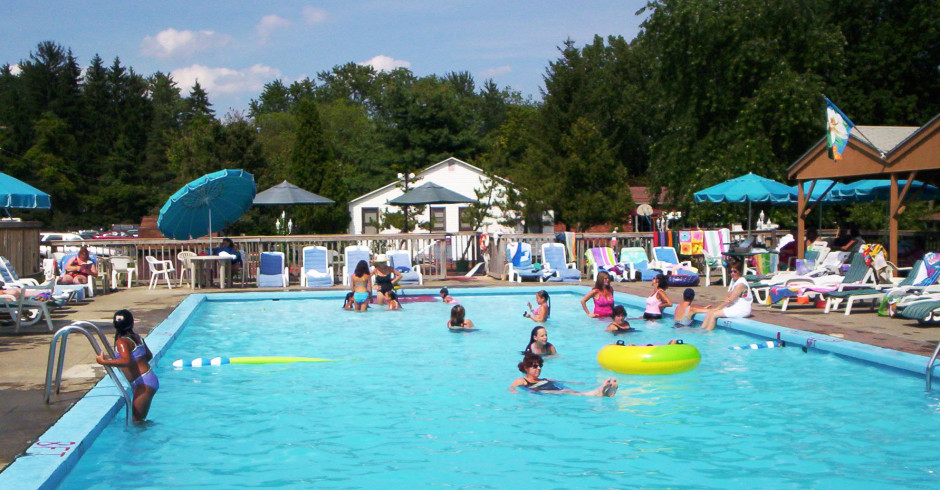
Kutsher’s Country Club was the last of the Jewish-style resorts in New York’s Catskills Mountains. With its closing and demolition, an era in American Jewish history ended on a sad and inglorious note.
Welcome to Kutsher’s, an informative documentary directed by Caroline Laskow and Ian Rosenberg that has made the rounds of Jewish film festivals, looks back with affection at its rise and fall.
Like its sister Borscht Belt hotels, Grossinger’s and the Concord, Kutsher’s catered to a mainly Jewish clientele. In the early days, before World War II, guests tended to be working-class folks, primarily garment workers, from New York City. By the 1950s and 1960s, when the socio-economic profile of Jewish Americans had risen and the future seemed limitless for Kutsher’s, middle-class vacationers constituted its bread and butter.
Ninety miles north of the George Washington Bridge in New York City, it was founded by Max and Louise Kutsher in 1907 in the village of Monticello. Originally farmers, they started by renting out rooms. As demand rose in the 1920s and 1930s, they expanded. “That’s how it got going,” says the grandson of the founder.
Kutsher’s certainly filled a need, providing hospitality to Jewish holidaymakers at a time when antisemitism was widespread in the United States and hotels in the Catskills kept out Jews.

After Max and Louise retired, it was taken over by Milton Kutsher and his wife, Helen, and remained in the family. Never resting on their laurels, Milton and Helen expanded the property in the 1970s and 1980s. “Whenever we could build, we built,” Helen says. “We were chugging forward,” says her son, Mark, who joined the business after law school.
Kutsher’s success was predicated on the all-inclusive formula.
Guests were entitled to three kosher meals a day, plus snacks. At night, they were entertained by comedians like Alan King and Joan Rivers. Activities ran the gamut from art classes to dancing and skating lessons. Further distractions included an 18-hole golf course, tennis courts and an indoor pool.

By the 1990s, resorts like Kutsher’s were in trouble.
With jet travel having come into its own, Americans were eager to expand their horizons and see the world. By then, hotels in the United States had long abandoned the odious practice of turning away people on the grounds of religion or ethnicity. And the business model of throwing in free meals and free entertainment had become outmoded and unprofitable.
As one Jewish resort after another folded ignominiously, the Kutshers read the writing on the wall. In desperation, they tried to induce a casino to liven up the premises, but the plan fizzled. In 2013, they finally gave up, selling the resort to a developer who intends to build a wellness/yoga center in its place.
Last year, bulldozers demolished the buildings and auctioneers sold the furniture to the highest bidders.
Kutsher’s went down with a whimper, but it left a lasting legacy, says Mark Kutsher. “We gave a lot of people good times and memories,” he says.
Welcome to Kutsher’s, distributed by Menemsha Films, preserves this golden epoch in Jewish American tourism.
